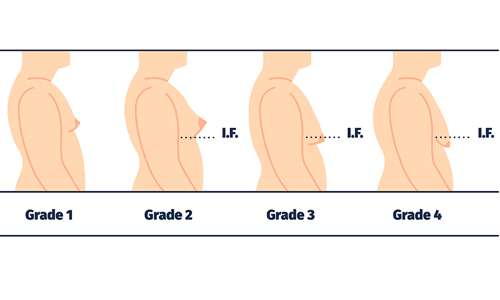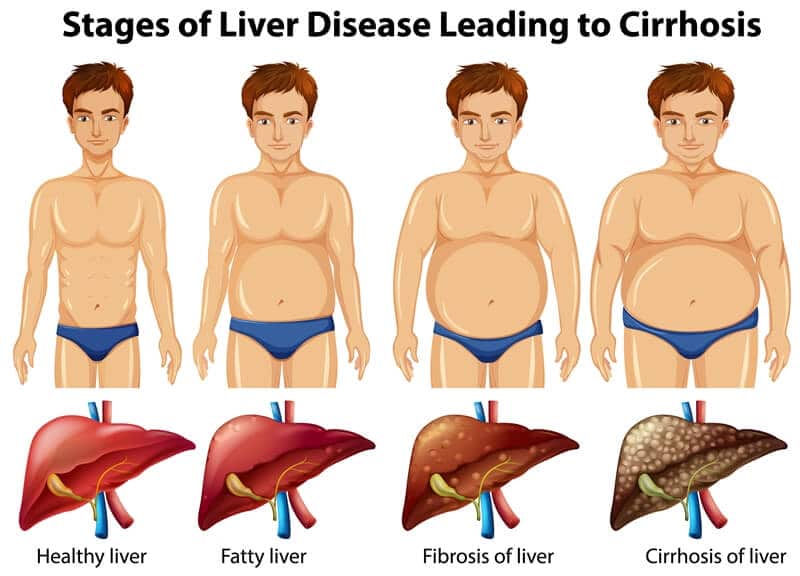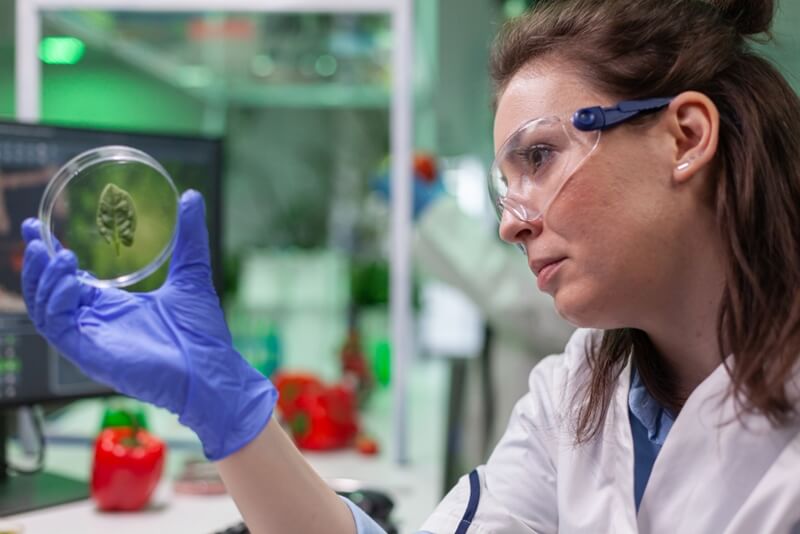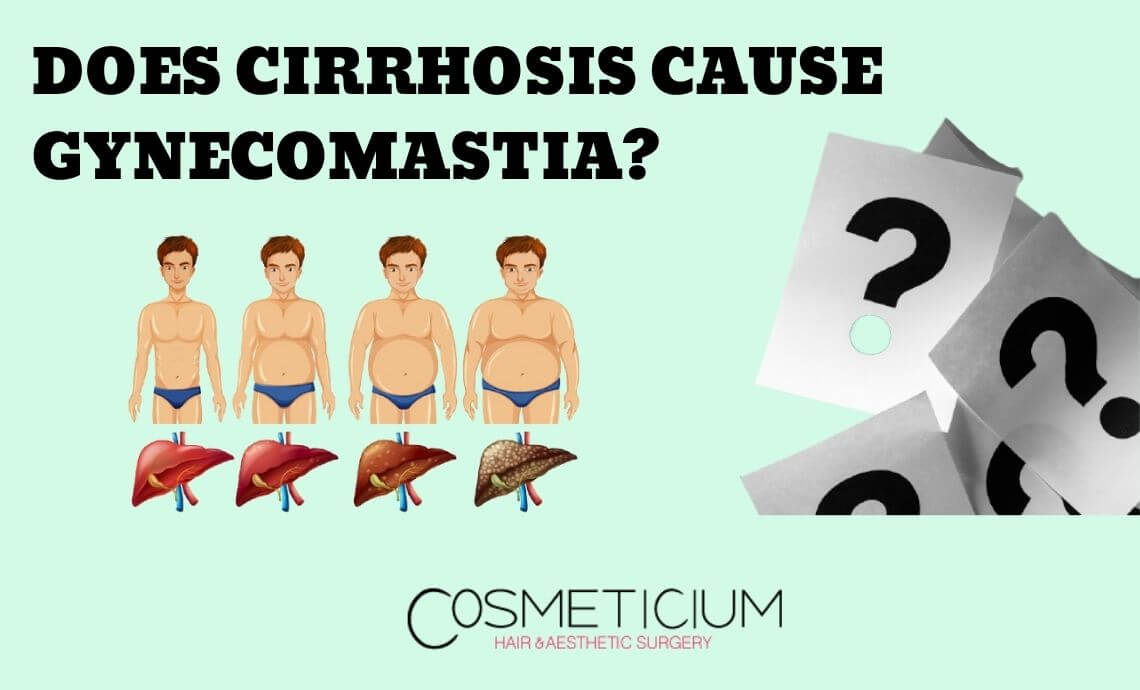Gynecomastia is a disease seen among men and it generally doesn’t threat health. It is simply excess size increase in breast tissue and it causes bad appearance. This problem may occur due to different reasons. It is also expressed that chronic diseases can result in this problem. Then, does cirrhosis cause gynecomastia? Is there any relation between cirrhosis and gynecomastia? How do diagnosis tests done? All details that you wonder are in our article.
Table of Contents
What is Gynecomastia?
Gynecomastia is excessive increase in size of glandular breast tissue in male. This size increase causes bad appearance for male breasts when looked from outside. There are two types of gynecomastia as physiological and non-physiological.
This problem generally does not affect overall health. Yes, sometimes it may be a precursor for different diseases, but it shouldn’t be forgotten that this is rare. It can be seen at any age. This problem that occurs during childhood and adolescent period limits itself and generally, it goes away without any treatment. However, size increase in breast tissue at later ages is permanent.

Read Also: What Are The Diseases That May Cause Gynecomastia?
Physiological Gynecomastia
Physiological gynecomastia can be seen among newborn babies, teenagers and male over 50.
- Considerable number of newborn babies has physiological gynecomastia. Although this situation is bothersome for parents, this type of gynecomastia seen among babies generally goes away in 4 weeks by itself.
- Among teenagers, on the other hand, it generally occurs around the age of 13-14. It occurs due to testosterone and estrogen hormone levels.
- Among men over 50, physiological gynecomastia can be seen depending on testosterone level.
Especially among babies and teenagers, this problem is not permanent. On the other hand, close follow-up is very important. Because it may be caused by different reasons and when necessary intervention is not made on time, this problem may be permanent.
Non-Physiological Gynecomastia
This problem can be seen due to non-physiological conditions. In this case, this disease is called as non-physiological gynecomastia. There may be different reasons behind this problem. For example, there may be a relation between cirrhosis and gynecomastia and cirrhosis related gynecomastia can be observed.
Some common non-physiological reasons are as below:
- Drug and medicine use
- Primary hypogonadism
- Cirrhosis
- Tumors
- Secondary hypogonadism
- Chronic kidney failure
- Malnourishment and malabsorption
- Immune system problems
These diseases may trigger gynecomastia. When the reason behind is known, it will be easier to overcome this disease.
Read Also: Is It Possible to Get Rid of Gynecomastia with Only Exercise?
Diagnosis Tests Regarding Cirrhosis and Gynecomastia
Before diagnosis tests for cirrhosis and gynecomastia, patient’s history should be examined. Additionally, patient must be physically examined. After these, scanning and screening studies should follow.
Laboratory studies done in this context are measuring thyroid-stimulant hormone, serum keratin and hepatic transaminase levels. In case suspicion occurs clinically, in order to eliminate the possibility of adrenal, testicular and other tumors, serum beta-hCG, serum dehydroepiandrosterone sulphate or urinary 17-ketosteroid levels must be checked as well.
During these laboratory tests, different tests can also be done based on doctor’s suspicions and clinical findings. Free testosterone level in total will provide an idea about primary and secondary hypogonadism.

Another part of cirrhosis and gynecomastia related tests are about imaging. In some cases, ultrasonography is used to diagnose testicular tumors that couldn’t be diagnosed previously. In case of different suspicions, mammography can also be preferred for men, just like women. Additionally, breast ultrasonography can also contribute.
In cases malignancy suspicion exists, thin needle aspiration should be done for cytology of masses. For men with Klinefelter’s syndrome, risk of cancer may be up to 30 times higher. Therefore, in such cases, more detailed imaging methods can be preferred.
Scientific Study About Cirrhosis and Gynecomastia Relation
Liver cirrhosis is considered as one reason behind gynecomastia. There is a relation between cirrhosis and gynecomastia. When hospital patients are examined, it is found that gynecomastia prevalence is related with age and body mass index. Among cirrhotic subjects without edema, prevalence of BMI and gynecomastia is the same as general population.
Cirrhotic subjects with acidic and/or peripheral edema are generally thin. Therefore, during the scientific study, 18 more severe cirrhotic subjects and 18 non-obese control subjects. During the study, free testosterone, total testosterone, palpable gynecomastia prevalence, estrogen and estradiol measurements were conducted. In half of the control subjects, this problem doesn’t exist. Correlated BMI and breast tissue diameter was realized among these subjects.

Gynecomastia prevalence was determined as 44% among cirrhotic cases and meaningful relation between breast tissue diameter and BMI was determined. Results couldn’t be explained based on drug use. In cirrhotic patients, serum free testosterone level is lower. Total testosterone level without estrogen and testosterone level without estradiol were determined as higher among cirrhotic patients. All these studies and data show the relation between cirrhosis and gynecomastia.
Read Also: Which Questions Should I Ask My Doctor About Gynecomastia Surgery?
CONCLUSION
Liver damage due to cirrhosis may disrupt hepatic catabolism of estrogen. Besides, it may also increase sex hormone binding globulin level, which causes peripheral estrogen. Especially in alcohol-related cirrhosis, gynecomastia risk is higher. Because, substances in alcohol have more effects on testosterone and estrogen.

Cirrhosis and gynecomastia are diseases that lower people’s life quality. In order to get rid of cirrhosis-related gynecomastia, you can get help from Cosmeticium clinic. Our surgeons, who are experts in this field, have the necessary level of experience to make you overcome this problem in short time. In order to get detailed information about this topic, contact us.
Fill In The Form Below To Get Answers To All Your Questions About Cirrhosis and Gynecomastia From Our Doctors Within Hours. (FREE)

